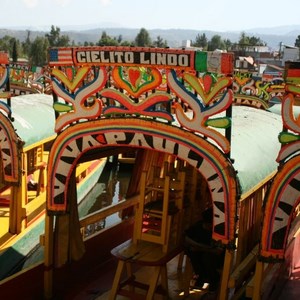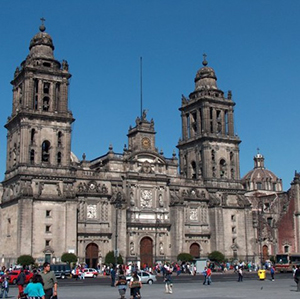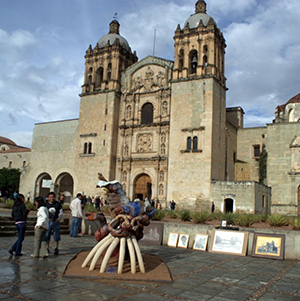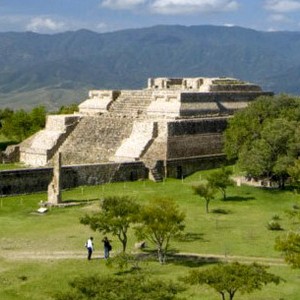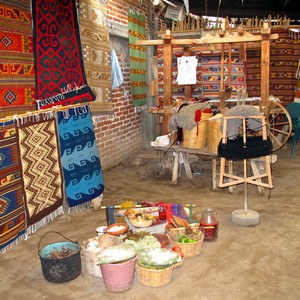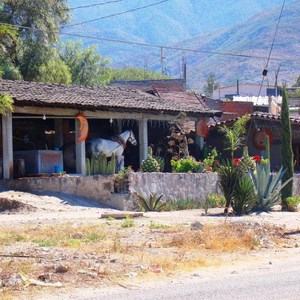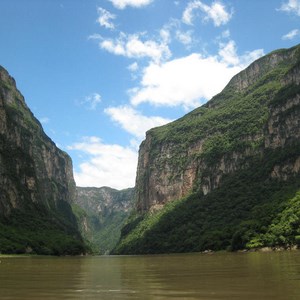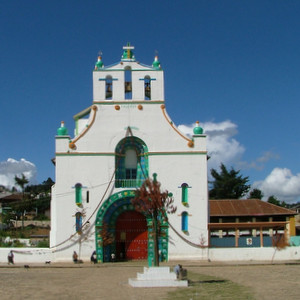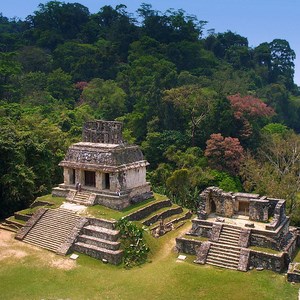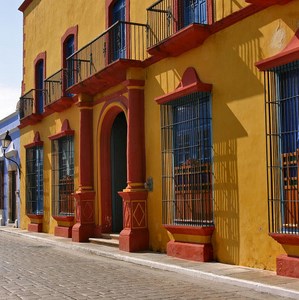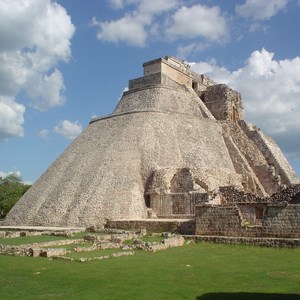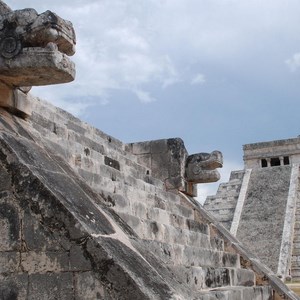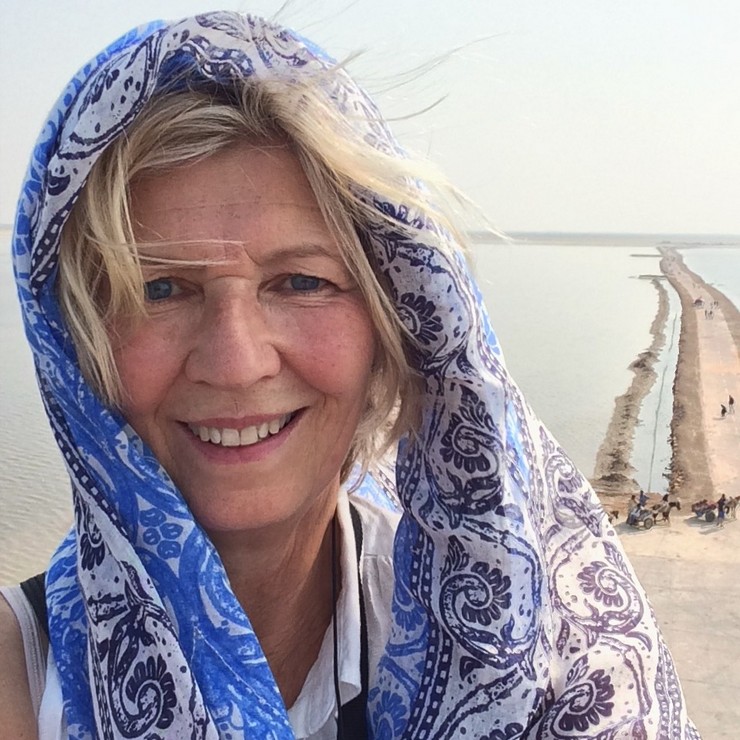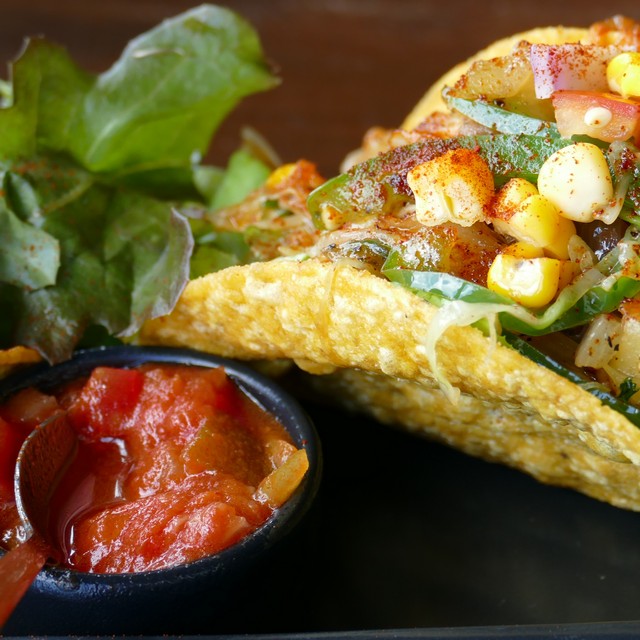After breakfast, visit the ruins at Monte Alban. Later, return to Oaxaca to explore the church of Santo Domingo and the Museo Regional. Overnight in Oaxaca.
Overnight in Casa Conzatti, Oaxaca
Meal plan: Breakfast
Monte Albán, one of Mexico’s most ancient sites and the first urban complex in Mesoamerica, is an ancient Zapotec capital a few kilometres west of Oaxaca city. Meaning "White Mountain", Monte Albán sits on a flat hill top overlooking the surrounding valley. The location of the site gives rise to spectacular 360 degree views of the valley and across the extensive site of Monte Albán. First built around 500 BC, early hieroglyphs found in Monte Albán suggest the Zapotec elite here may have been the first to use writing as well as a written calendar. The buildings of the site are excavated to various degrees, meaning some are well excavated and their purpose well known, whereas others are at an early stage of excavation and their purpose can only be guessed at. In addition, the buildings are spread over an unusually large period of time lasting up until the early 16th Century, when it mysteriously fell into decline. One of the site’s most important and most impressive buildings is the Ball Court. Its prominent position is a clue as to the importance of games to the early Zapotecs, games in which the losing captain is believed to have been ritually slaughtered.
The Church of Santo Domingo, as its name suggests, was founded by the Dominican Order in the 16th century, initially as a monastery. Taking an astonishing two centuries to build, the church has an extensive courtyard area, cloisters and rooms which belonged to the original monastery.
The Museo Regional de Oaxaca is located in the former Dominican monastery of the 16th century. Among the most impressive finds are goldsmiths’ works from grave 7 (1250-1480) of Monte Albán - outstanding masterworks of Mixtec artists. But not only were precious metals highly valued, jewellery made of jade, serpentine and turquoise was considered to symbolise life.
Building L (also known as the Dancers Building) is one of the most shocking with stone carved figures of males with mutilated genitalia. The physical features of these carvings with plump short bodies, round heads, flat noses and slanting eyes suggest those of the Olmecs, enemies of the Zapotecs and may bear witness to the human sacrifice that almost certainly took place here. In addition to this, several buildings are believed to have astronomical functions including building P with its enormous stairway. Various buildings - platforms, palaces, mounds, shrines and tombs - dot the site, none perhaps more important to our understanding of Zapotec history and tradition than tomb 7. Tomb 7 was discovered in 1932 by Alfonso Caso, one of Mexico’s most renowned scientists and was found to contain some 200 ritual objects made from materials as diverse as Gold, silver, jade, turquoise, obsidian, pearl, alabaster, coral, as well as human and feline bones. This also provides clues as to the extent of the sophistication of trade in Zapotec times, many of these items’ origins lying in very distant lands. The items are on exhibit in the Museum of Oaxacan cultures in Oaxaca itself.

